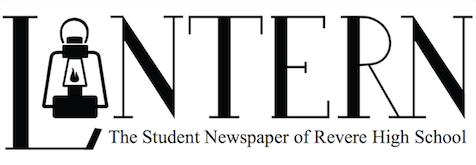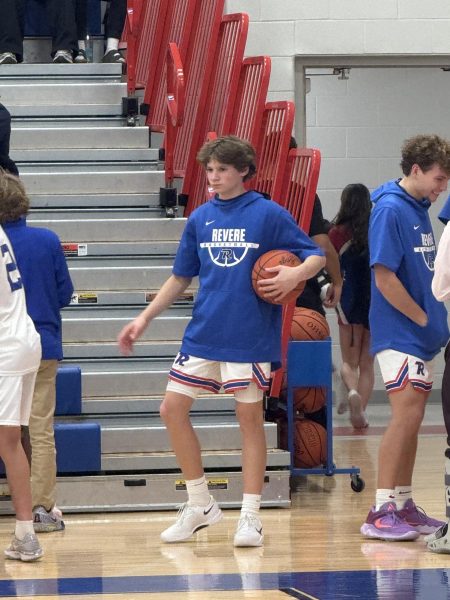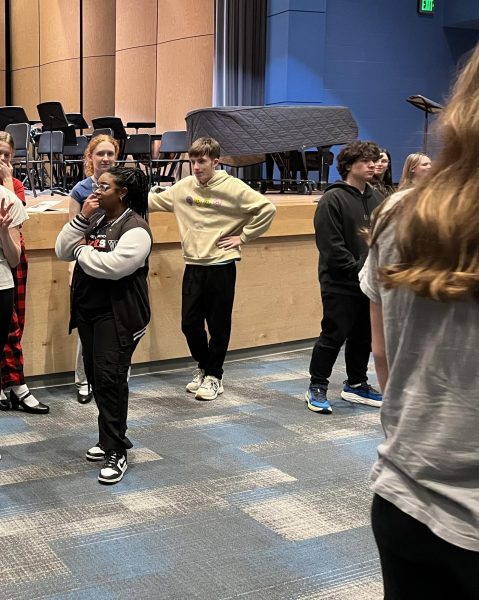Students participate in Energy for Life Walk-a-thon
Ryan Towell and his two little brothers sit in a circle around Danielle Kakish playing Temple Run on her phone. Ryan suffers from mitochondrial disease but it is impossible to tell from his upbeat attitude that he suffers from this debilitating disease.
RHS sophomore Danielle Kakish volunteered at the Energy for Life Walkathon to raise awareness about mitochondrial disease because she wants to help children suffering from this debilitating disease. Kakish babysits Ryan Towell, a patient with mitochondrial disease and has continued to for the past few summers. Mitochondrial disease is a disorder of the mitochondria in which, the mitochondria are failing and cannot adequately convert food and oxygen into life-sustaining energy. Mitochondria are organelles found in the cell and are responsible for 90 percent of energy production in the body.
Kakish explained her experience babysitting Towell.
“[Towell] does not show any outward signs of the disease,” Kakish explained.
Towell’s mother, Mary Beth Towell, talked about Towell’s medication.
His mother stated that he takes “Neurontin to deal with neuropathic pain, CoQ10 for energy, Periactin for migraines and to help stimulate appetite, Pediasure to boost his caloric consumption, and Prozac to ease his anxiety and depression,” daily to help him cope with the various symptoms associated with this disease.
Anne Simonsen, the regional coordinator of the Great Lakes of the United Mitochondrial Disease Foundation (UMDF), discussed their mission.
“The UMDF exists to promote research and education for the diagnosis, treatment and cure of mitochondrial disorders and to provide support to affected individuals and families,” Simonsen said.
Simonsen also discussed the purpose of the walkathon and the desired outcomes of the walk.
“The Energy for Life Walkathon aims to unite and support those individuals and families affected by mitochondrial disease,” Simonsen said.
Simonsen relayed the tale of a boy in her family who passed away from Alper’s Syndrome a form of mitochondrial disease and emphasized that the disease can occur in anyone.
“One in 2000” children will develop some form of mitochondrial disease Simonsen noted.
Mary Beth commented that she believes that the walks are “really the only time that [Towell] can be around other people just like him.”
Mary Beth has been a part of the past seven annual fundraisers and correctly operates a hotline that tells people where they can turn for help to learn about the disease. She voiced her campaigns on Capitol Hill for a bill that streamlined research for Mitochondrial functioning between the Department of Defense and the national Institutes of Health.
Mary Beth described the treatment aspect of the disease as well.
“There are medications that put band aids on the symptoms, but unfortunately the life expectancy is not great for many of those afflicted,” Mary Beth said.
Simonsen discussed the current treatment for mitochondrial disease.
“At this time, there is no known cure for mitochondrial disease, but there is hope,” Simonsen said.
Simonsen also encouraged others to come together to spread awareness.
“Anyone is welcome to join the fight against this disease and they can find more information at the UMDF homepage . . . Understanding mitochondrial dysfunction and disease has the potential to open a new world of knowledge,” Simonsen said.
Kakish explained her support for researching a cure to the disease.
“[I want] to raise awareness [about the disease] because it takes more lives than all the different types of cancer combined,” Kakish said.
Kakish hoped to participate in the walk to gain experience about mitochondrial disease and to start a fundraiser at the school to raise awareness about kids like Ryan who suffer from this disease. The walk took place on Saturday, October 4 at Lock 3 in Akron. Registration began at 8:00am and the walk began at 9:00am.





